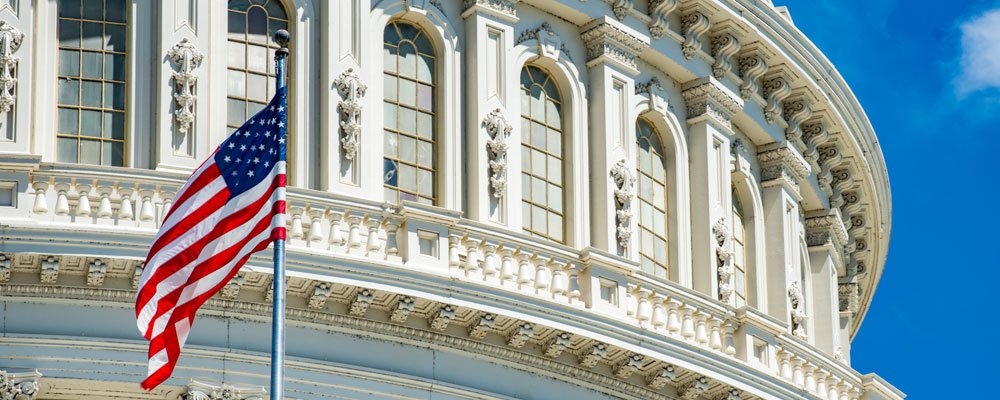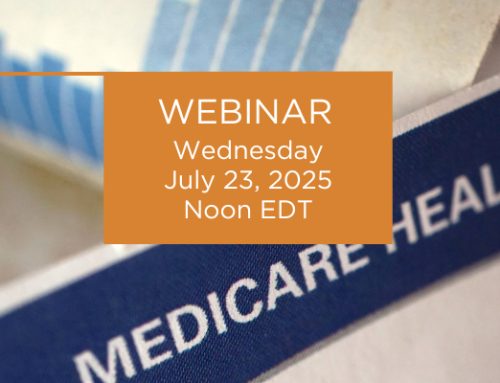The Setting Every Community Up for Retirement Enhancement (SECURE) Act was signed into law in December 2019. The SECURE Act was the most significant retirement plan policy legislation in over 10 years. However, the SECURE Act provisions have been somewhat in the background due to COVID. Highlighted below are seven provisions that plan sponsors and employers without a plan may want to consider now.
1. Increase in Tax Incentives for Starting a Plan
If your business does not already maintain a 401(k) or profit sharing plan, the SECURE Act included incentives for businesses to start a plan. The tax credit available for small businesses for adopting a qualified plan increased to $250 multiplied by the number of non-highly compensated employees eligible to participate in the plan up to a $5,000 annual maximum. This credit applies for up to three years. A non-highly compensated employee is generally someone who owns 5% or less of the business either directly or indirectly and had gross compensation less than $130,000 in 2020. This credit is still limited to 50% of the qualifying start-up costs. Qualifying costs include expenses incurred for establishing or administering the plan, including retirement-related education of the employees. In the best case scenario, this is getting a plan at a 50% off sale!
2. Tax Credit for Automatic Enrollment
If the newly adopted plan includes an automatic enrollment feature, there is an additional credit of $500 available for tax years beginning after December 31, 2019. This credit is available for three tax years. Employers that already have a plan in place can add automatic enrollment and receive the same credit.
3. Extension of Time to Adopt a Plan
It is not too late to adopt or add a qualified retirement plan for 2020. Employers that do not have a qualified retirement plan or only offer a 401(k) feature have until the due date of their 2020 tax return, including extensions, to adopt a plan or add employer contributions to their plan and treat the plan as in effect for the 2020 taxable year.
4. Changes to Safe Harbor 401(k) Rules
Plans that utilize the safe harbor provisions found in code section 401(k)(12) avoid nondiscrimination testing that can limit contributions by Highly Compensated Employees. Historically, plan sponsors were required to adopt safe harbor provisions and provide a notice to the eligible employees at least 30 days prior to the beginning of the plan year.
Effective for plan years beginning after December 31, 2019, plan sponsors can adopt the safe harbor non-elective provision as late as the last day of the plan year following the year that the provision will be applicable. Adopting the safe harbor non-elective provisions after the plan year closes requires a 4% of pay contribution for those eligible versus 3%. Even at the higher required contribution this could be advantageous.
5. Impact on Required Minimum Distributions (RMDs)
The SECURE Act increased the age for required minimum distributions from 70 ½ to 72 for individuals turning 70 ½ after 2019.
6. Automatic Enrollment Safe Harbor Increase
The 10% cap for the automatic enrollment safe harbor has been increased to 15% for plan years beginning after December 31, 2019.
7. Birth and Adoption Expenses
Code section 72(t)(2) was amended to add a new exception to the 10% early withdrawal penalty tax related to distributions for qualified birth or adoption expenses from eligible retirement plans. The distributions (up to $5,000 for each child) must be made within 12 months of the birth or adoption and may be recontributed to the plan under certain circumstances. The $5,000 per child limit applies to all plans in the plan sponsor’s controlled group.
The Retirement Plan Services Team at PBMares is ready to help employers implement the provisions of the SECURE Act and assist with other retirement plan matters.






